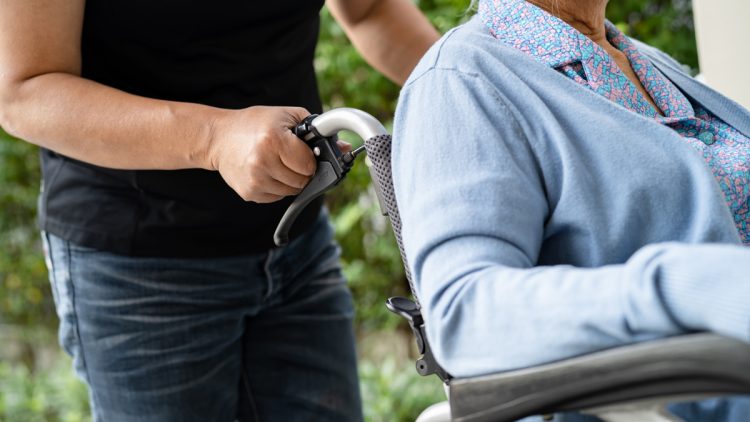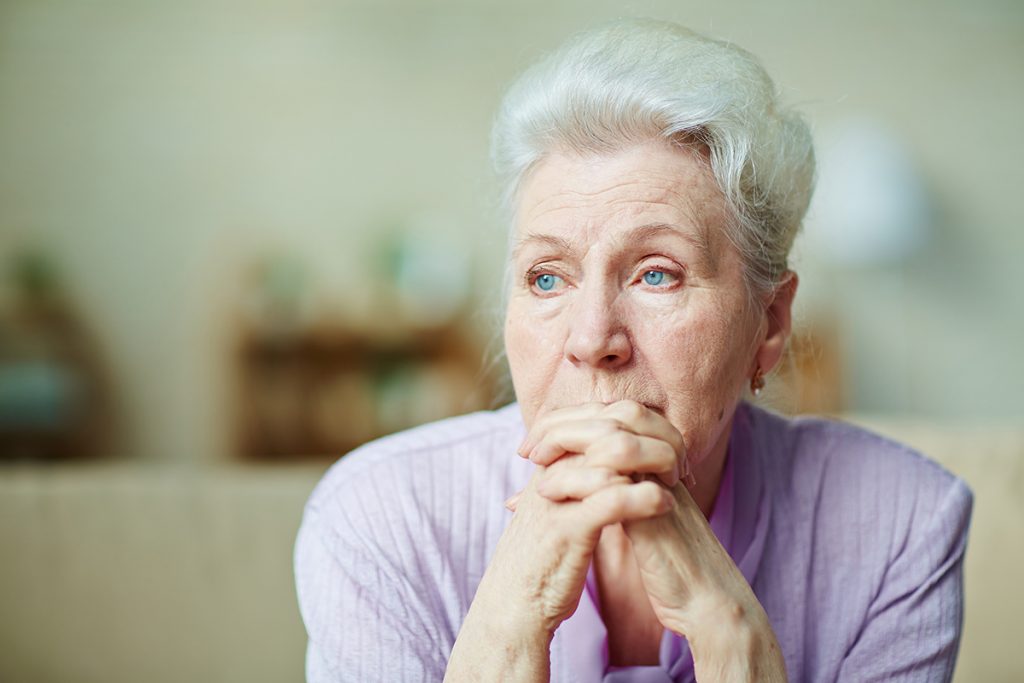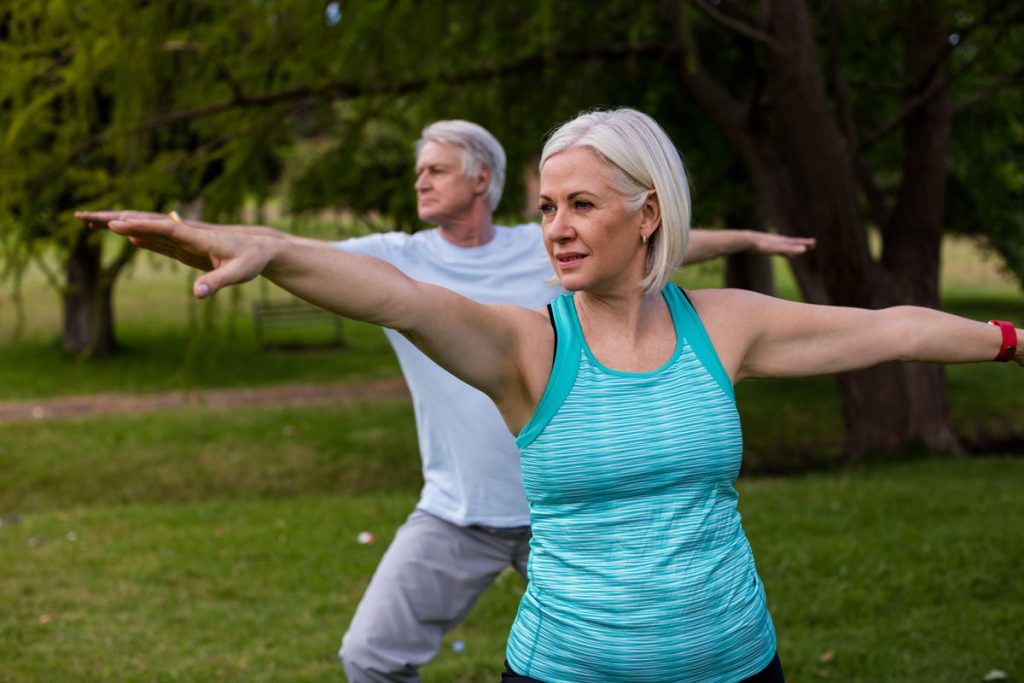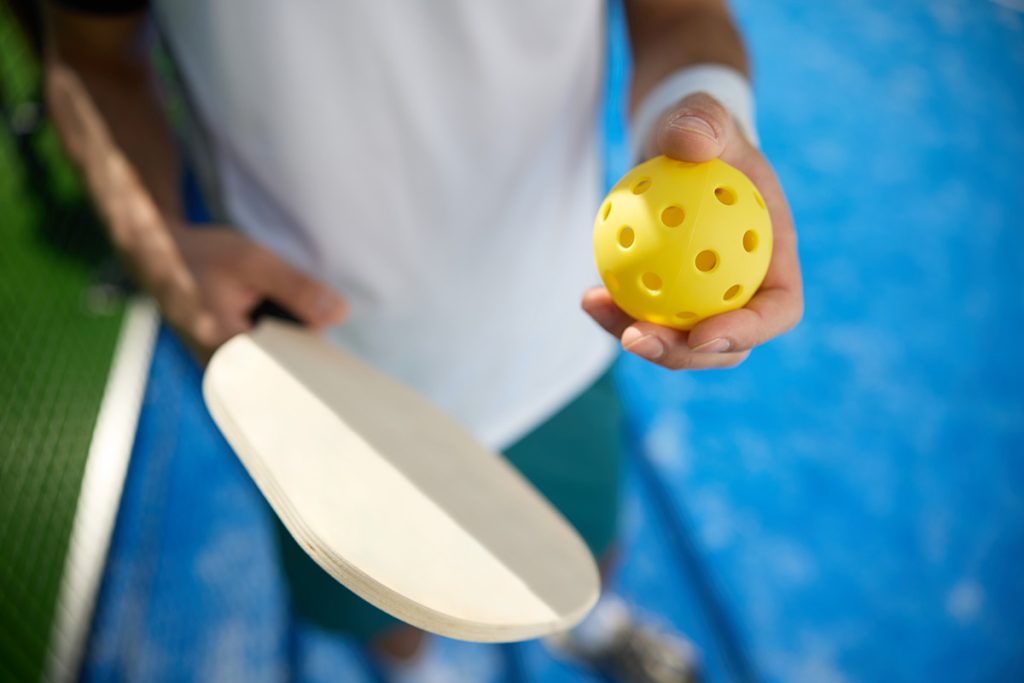The Vital Role Of Clinician Insight In Home Modifications and Accessibility Solutions
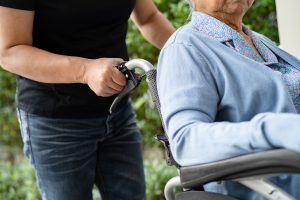
In today’s age of Amazon and direct access to durable medical equipment (DME), it’s tempting to assume that anyone can set up a safe and accessible home for individuals with mobility or health challenges. However, a recent experience reinforced for me the irreplaceable value of a trained eye when planning home modifications. As a seasoned CAPS certified occupational therapist with 37 years of experience, rarely does a client’s situation fit neatly into a one-size-fits-all solution. My visit to a client’s home illustrated precisely why clinical expertise is critical in creating safe and functional environments tailored to individual needs.
The Client’s Context
The client I visited was preparing to return home after a fall and subsequent hip fracture. Gathering a comprehensive history of both the client and their spouse revealed a complex scenario:
•The client is 5’2” tall, has moderate dementia, a history of falls, vascular issues in the left leg, and emphysema requiring continuous oxygen.
•The spouse has bilateral macular degeneration, resulting in total blindness in the left eye and significant visual impairment in the right.
•Both were previously independent in basic activities of daily living (BADLs).
•The client’s expected recovery level was to transition home using a walker.
The Family’s Initial Requests
The family initially sought several standard DME solutions, including:
•Grab bars for the master bathroom’s walk-in shower
•A toilet insert with arms
•Ramps for home access
•A hospital bed
Clinical Evaluation and Recommendations
Upon touring the home and considering the physical, cognitive, and visual needs of both individuals, it became evident that their situation required a more nuanced approach. The client’s dementia, visual processing challenges, and physical needs, combined with the spouse’s significant vision loss, shaped my recommendations:
1. Environmental Adjustments:
o Create visual contrast on steps for better depth perception.
o Remove area rugs to eliminate tripping hazards.
o Replace rolling and swiveling chairs with stable alternatives.
2. Lighting Modifications:
o Increase light bulb wattage for improved visibility.
o Balance lighting across rooms to minimize glare.
3. Bathroom Adaptations:
o Use the guest bathroom instead of the master bathroom for safer accessibility.
o Install grab bars by the toilet and in the tub/shower areas.
o Add a standard transfer tub bench for easier and safer transfers.
o Remove glass shower/tub doors and the water closet door for easier maneuvering.
4. Bedroom Adjustments:
o Lower the height of the current adjustable bed rather than opting for a hospital bed, which was unnecessary.
5. Access and Mobility Changes:
o Install railings or grab bars near steps and high thresholds (over 1 inch), instead of ramps, due to balance and ambulatory concerns.
6. Avoiding Inappropriate Solutions:
o No toilet riser was recommended because the current “comfort height” commodes were already suitable for the client’s stature.
Contrasting Recommendations from a DME Representative
A sales representative from a DME company had proposed several costly and, in this case, unnecessary solutions, including:
• A standing recliner
• Ramps
• A hydroglide transfer tub bench
• An Orbit rotating hospital bed
• Grab bars and toilet risers with arms
While these items might seem helpful, they did not align with the client’s specific needs. For example, the client’s ability to complete stand-pivot transfers independently rendered the standing recliner and Orbit bed unnecessary and even potentially dangerous. Encouraging the client to perform these transfers supports strength and balance maintenance, which are crucial for recovery and independence.
The Value of Clinician Expertise
This experience highlights the critical role of clinicians in assessing and addressing the unique needs of clients. Generic solutions often fail to account for the interplay of medical, cognitive, and environmental factors that impact safety and functionality. By tailoring modifications to the individual, clinicians can:
• Optimize safety and functionality within the home
• Avoid unnecessary costs associated with unsuitable equipment
• Empower clients to maintain and improve their physical capabilities
As convenient as direct-to-consumer DME options may be, they cannot replace the insight and judgment of trained professionals. Ensuring a safe return home for clients like this one requires more than equipment—it requires expertise.
Written by Lauren Kelly, OTR/L, CAPS
Related Posts

